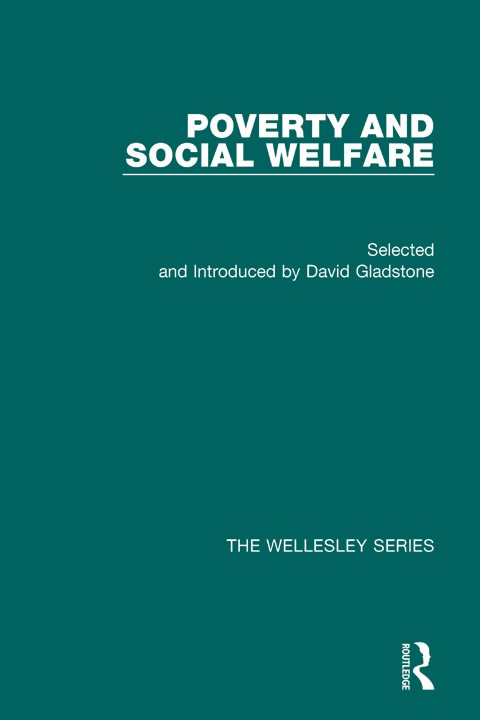It is the city that perhaps best symbolizes Victorian Britain: the bustling, vibrant commercial city, centre of civic pride and municipal improvement. But there was another side to city life in nineteenth-century Britain: ‘overcrowding, malnutrition, raggedness, ignorance, ill health, the stench of the great unwashed and of sewerage suppurating in the courtyards and running in the streets’ (Thompson 1990: 57). It was that aspect of city life which shocked investigators from the middle classes and provided graphic material for a succession of reports, inquiries and articles on the public health condition of Britain’s industrializing population. Asa Briggs (1968: 22, 85) trenchantly juxtaposed these two aspects of the nineteenth century urban experience. On the one hand, ‘Victorian … cities were often focal points of affection and loyalty’. But, on the other, ‘Victorian cities were places where problems often overwhelmed people’.

